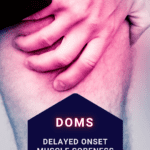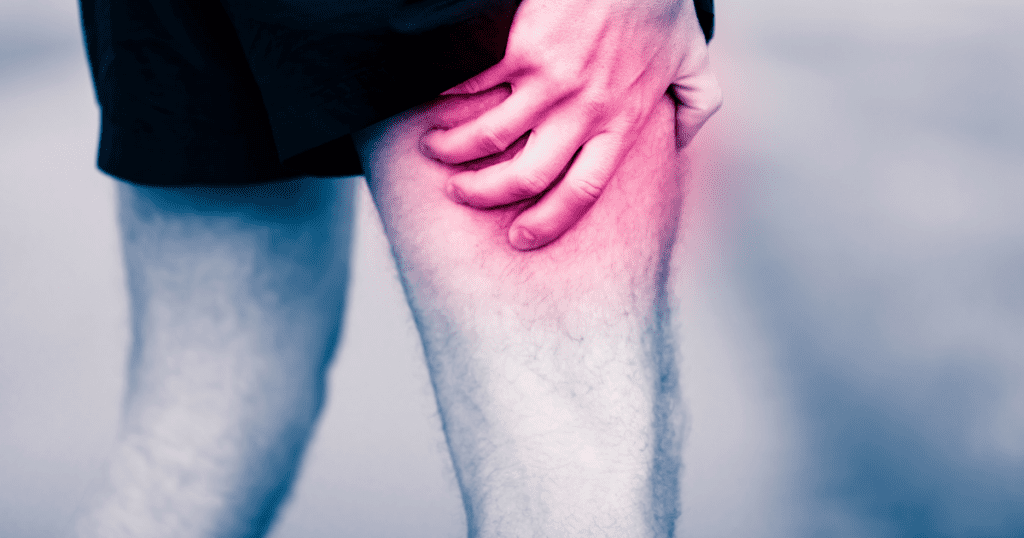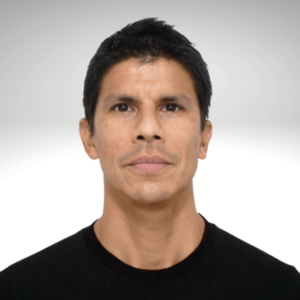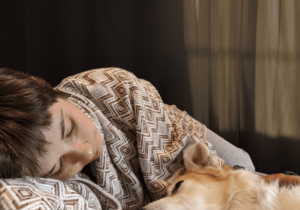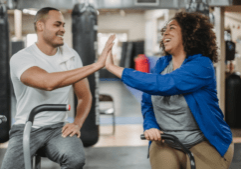What you need to know about Muscle Soreness and Recovery
Have you felt like you were a Tin Man that has been hit by a car? Yeah, you already know that muscle soreness sensation that comes after exercising, right?! Some people like it so much that you think that you haven’t even trained if you don’t feel it, while others just prefer to avoid soreness and might even be tempted to never exercise after feeling it the first time. Regardless of how much you like it or not, there is always a question that follows: How do I make it go away? Following you will find some insights about muscle soreness and recovery, so you can go back to training as soon as possible.
What is this Muscle Soreness I am feeling?
Let’s start by giving it its full name: Delayed Onset Muscle Soreness (DOMS). That pain in your muscles that happens after working out usually starts between 12 and 24 hours after you stop training and can last for several days, with a “peak” sensation occurring somewhere between 24 and 72 hours after exercising.
Please, do not confuse it with pain that may happen during training. If you feel acute and localized muscle (or joint) pain during training or immediately after, that could be a symptom of injury, especially if it does not fade away or even starts to increase. In that case, it is best to consult with a healthcare provider for treatment.
On the other hand, a “burning muscle” sensation during some intense training that wanes when you stop exercising is also not DOMS and should not pose any threat to you. Just listen to your body and do not push yourself too much.
DOMS is usually characterized by any or all of these symptoms:
- Limited capacity to properly move due to “rigidness”
- Compromised range of motion
- Strong soreness when the muscle is touched
- Swelling of the muscles
- Fatigue and temporary loss of strength
How did this happen?
First of all, there have been many hypotheses for DOMS and it is still being researched. However, it is currently considered that the main reason for it is the micro-tears in our muscle fibers occurring after an intense-enough training session. To explain it simply, these “damaged fibers” cause the body to react and repair them. This happens by a very natural process called: inflammation. It is all meant for us to adapt to withstand similar or stronger demands.
Additionally, anyone can experience DOMS. Whether you are a beginner athlete or an elite athlete, or even a sedentary person who just happened to do some physical activity for which you’re unaccustomed to. All that is needed is a level of muscle exertion that exceeds up to a certain degree our capabilities.
How do I make it stop?
The quick answer for muscle soreness and recovery: eat healthy foods and get some quality sleep. However, there are some subtleties that need to be addressed.
There are different ways to ease up the pain and a few habits that speed up the process of recovery. You can choose and combine any or all of them. Here is a quick list for you:
- Eat enough protein
- Drink enough water
- Sleep as needed
- Get some physical therapy
- Keep moving
1. Eat enough protein
The protein that we eat is used to repair the muscles damaged when we train so that they can be made stronger. We can find great quality of protein (with a good amino-acid profile) in animal sources such as meat (poultry, beef, pork, fish, etc.), dairy (cheese, milk, yogurt, etc.), and eggs. These foods provide us with essential amino acids (which we do not produce but rather obtain from foods) that we need to properly recover.
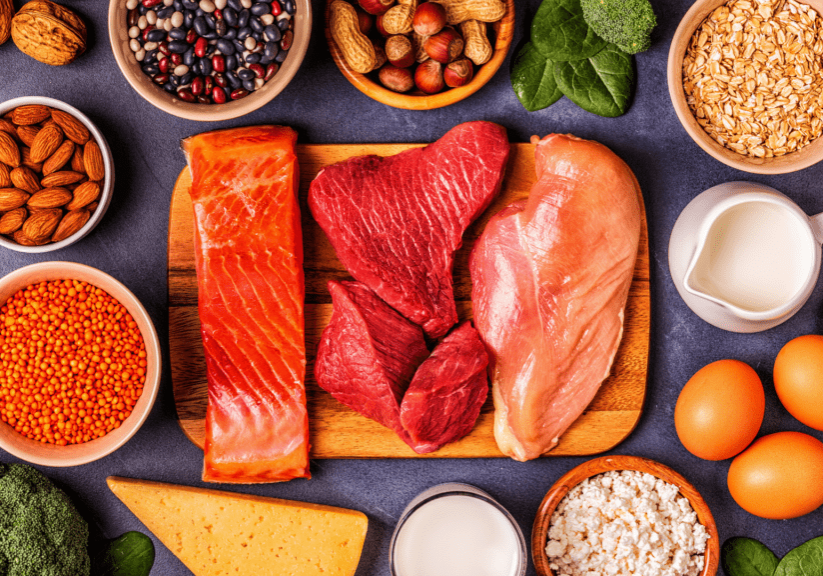
There are also plant-based foods that contain proteins, which you could mix in order to get a good amino acid profile (with a good amount/distribution of essential amino acids). This could be a hard task if done on your own, so I encourage you to ask for help from a certified expert.
While all of the mentioned sources can be easily bought from any local market, you can also supplement with protein powder shakes if you need to. By the way, you do not need to drink your protein shake immediately after training; you can take your time if needed.
Most recommendations for protein intake, if you exercise regularly, range from 20 to 40 grams per serving and between 1.5 and 2 grams of protein per kilogram of body weight, per day. However, not all bodies are made equal so the best thing to do is to refer to an accredited dietitian in order to get a personalized recommendation while avoiding any possible health problem and obtaining the best results.
2. Drink enough water
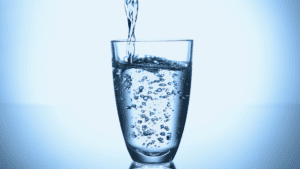
Water is essential for life. It helps our body to purge toxins, take nutrients into our cells and it helps with pH balance and body temperature regulation. Some positive effects of being well hydrated are: improved alertness, less feeling of hunger and quicker healing.
If you want to improve your recovery, drink enough water. This does not mean consuming lots and lots of water a day; just adequately for proper body functioning. Your size and the intensity of your activities dictate how much water you should drink to stay hydrated. For more information about how much water to drink, check this article from Precision Nutrition:
https://www.precisionnutrition.com/how-much-water-should-i-drink
Perhaps the lack of flavor of water makes it not very appealing to you? Try these tips to give it some taste:
- Add some drops of lime, lemon, or other citrus fruit
- Use herbal flavors such as peppermint, lemon verbena, green tea, etc.
- Pour over some frozen fruit “ice cubes”
3. Sleep as needed

I once heard one of my mentors say: “the magic of training happens while you sleep”. In simple terms, you recover and get stronger while you sleep. A beautiful cocktail of hormones is released while you sleep to repair your body and grow stronger. Toxins are also washed out during sleep and lots of other good things happen while you travel deep into dreamland.
One of the first things people tend to neglect is sleep quantity and quality. A movie before sleep, a
“just in case” study time before an exam, a “quick look” into social media, among other things, are prone to shorten our sleep time. We do not notice that we are doing more damage than good with some of our actions. Leaving the television on to “help us” fall asleep, leaving the light on, eating a spicy burrito before going to sleep, getting drunk to relax, dwelling in our stressful thoughts, or some medications can affect our quality of sleep as well.
Make sure you sleep in a quiet, dark, and comfortable place. Disconnect from social media, television, and stressful situations. You could even try and create a simple routine before going to bed to ensure you have a good “shutdown sequence” before going to sleep. Make sure you hit the sack early enough so you can have a good eight-hour sleep (some people who train hard may need even more hours of sleep).
4. Get some physical therapy
A good massage helps combat the pain in sore muscles. You may try to provide yourself one for some temporary relief, ask a friend/significant other for it, or even better, you could go to a physical therapist to perform one that will help you greatly.
Other treatments may include using a hot compress to increase blood flow to provide nutrients necessary for healing and removing any waste products. It is also soothing for the muscle.
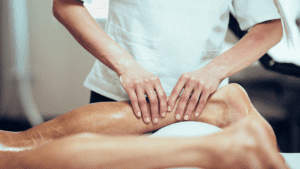
There are many treatments that could also be applied by a specialist or that you could get yourself as well. Just make sure that you are well informed of the details and effectiveness of any treatment you may wish to try.
5. Keep moving

Sometimes the body may tell you to just stop moving because of the soreness. If it is necessary, take a break and relax. However, moving may diminish the symptoms and let you carry on with your day.
You could try doing a few recovery activities such as:
- Stretching
- Yoga
- Walking
- Slow-paced jogging or cycling
- Easy swim
You can find more details in this great article about using active recovery to progress athletic development.
A few more things to consider:
Healthy habits improve your recovery
A balanced diet, including carbohydrates, fats and proteins, coming preferably from less processed foods or whole foods such as fruits and vegetables, provides you with lots of vitamins and minerals that help you stay in good health.
Products such as alcohol, tobacco, among others, can hamper recovery and it is best to avoid them. Ok, I am not saying you cannot have a glass of wine while having a nice diner with your spouse… just avoid drinking the whole bottle yourself.
Getting DOMS is not a sign of a “good workout”
While DOMS is not harmful, you do not need to feel sore after every workout to make gains. When you perform a new exercise routine or ramp up the intensity/load of training you are likely to get sore, yes. However, as you keep exercising, your body adapts and you will feel less sore after each session. You can still get fitter/stronger/faster even if you do not feel pain after training. However, make sure to keep challenging yourself to promote adaptation.
Avoid too much stress
So, exercising is a form of stress, indeed. In a good dose, it can help you improve your health. Adaptation to stress makes us fitter. However, too much stress, whether from exercising (overtraining) or from different sources, can be harmful. Balance your sources of stress with activities that make you enjoy a good time. Relax, laugh, play… good emotions can help you with recovery as well.
What about analgesics?
Well, if it is in good standing with your doctor’s recommendations, sure, you can have some analgesics to relieve the pain. Just remember that this is a temporary solution for the symptoms and not a permanent solution for the situation, nor a promoter of recovery.
Warm-up and take it easy
Warming up is always good to get the muscles ready to work out and avoid possible injuries. Some dynamic stretching is useful before starting a session. Intensity should be managed in a step-by-step basis. Avoid jumping up in load, speed and/or frequency. Let your body adapt.
Rhabdomyolysis
One potentially life-threatening consequence of an excessive level of intensity is Rhabdomyolysis (“Rhabdo”), which is the result of severe destruction of skeletal muscle fibers with leakage of muscle contents into the bloodstream. This can lead to serious complications such as kidney failure. This syndrome will not be covered here but we encourage you to read about it, especially if you are an athlete returning to training after a long halt or if you are planning to run an ultra-marathon in a location with hot weather and harsh conditions.
Muscle soreness and recovery: Put what you have learned into practice
Now you know that you need to take care on your first day at the gym, when you are returning to training after a long halt, or when you are exposing yourself to a new workout or harder intensity of training. You will probably get DOMS, so don’t try to rush in, and progress accordingly.
Eat a good balance of proteins, carbohydrates, fats and water. Your veggies can become your best friends and if you find a source of protein adequate for you, you are golden! And don’t feel shy to ask for recommendations from a specialist, such as a certified personal trainer or licensed massage therapist.
Pay more attention to your sleeping conditions and try to improve them little by little. Maybe an alarm at 9:30 pm to let you know you should turn off the computer, disconnect from social media and perhaps read a book, talk to your partner about what has happened during the day, or tell your kids a bedtime story, before putting yourself to bed.
Put in practice some active recovery and, if needed, get some physical therapy from an accredited provider. You could learn some recovery and pain-relief techniques yourself as well, just be sure to find a good source for that information.
Fernando Cuellar is an independent personal trainer who helps people to feel empowered to change and, through fitness training, learn how to confront their own difficult situations. Find other articles written by Fernando on his coach profile. He will help you shift to a healthier life with different approaches to discover more about yourself, and how you can get your list of health-related goals fully ticked.

